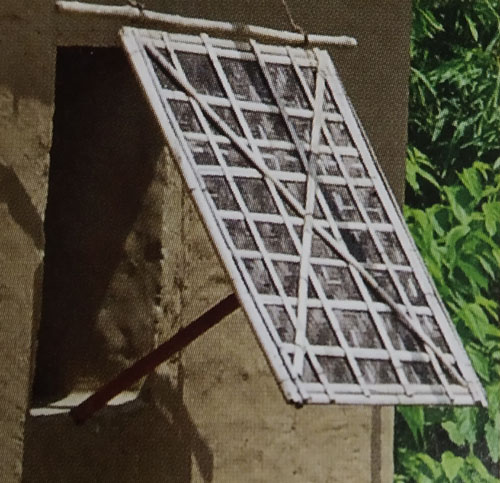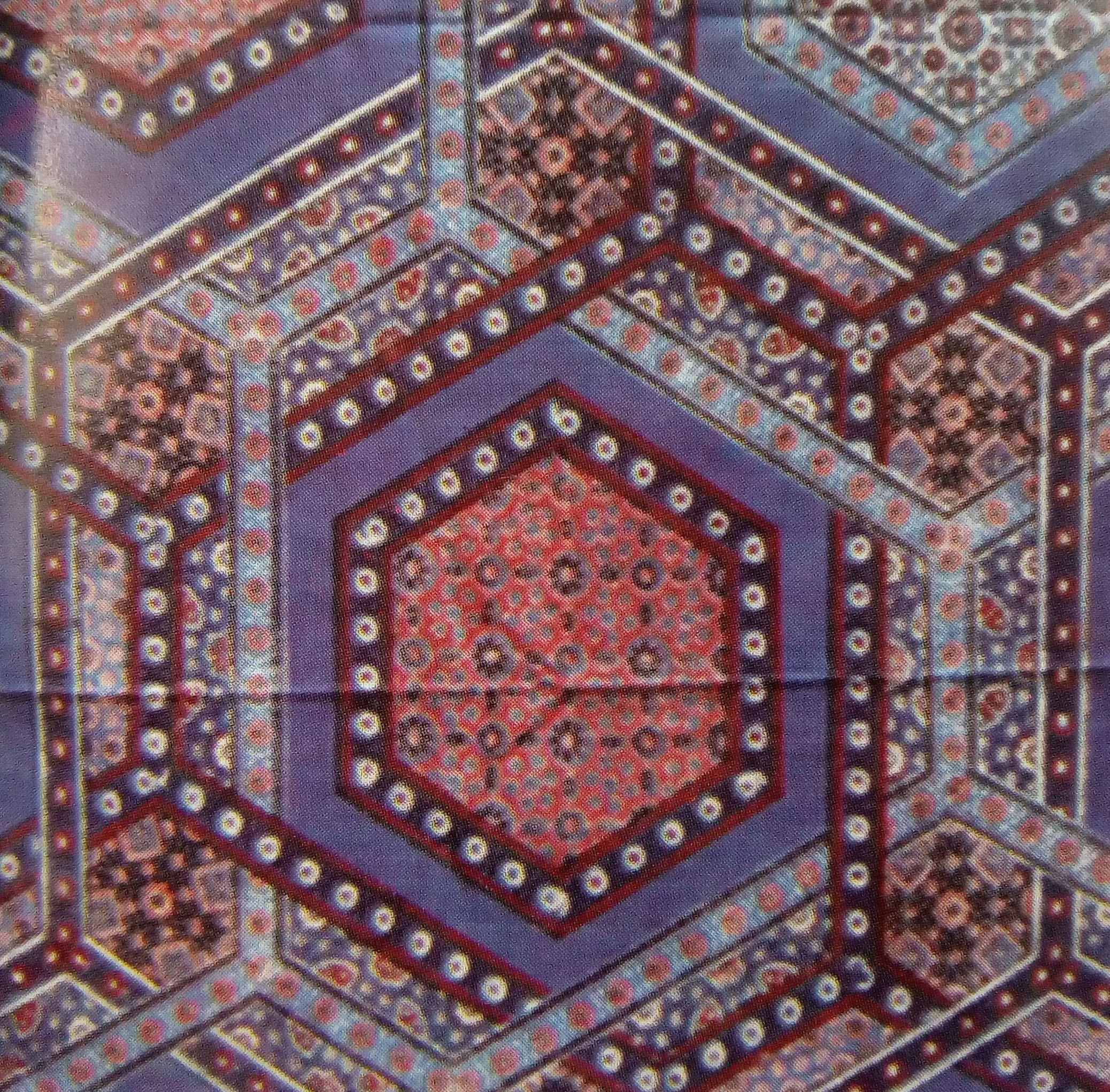For artisans of Tripura living under the poverty line making fences has become a secondary occupation. The surface of the fence is made of interlaced fine and coarse whole, halved or split bamboo that is then placed at the site. The more rigid and larger walls are formed by weaving flattened bamboo culms. The flattened bamboo is woven in alternate strips of inner and outer layers facing the opposite direction. The darkening of the inner layers indicates the weathering of the fence. The height, density, and weave depend upon the location and purpose.
A dao is used in splitting, denting, and skinning the bamboo and also in beating the bamboo splits to bring them closer so as to make the compact weave. Bamboo halves are added along the length of the fence on both sides to strengthen it further. Vertical bamboo shafts are added after every seven feet for rigidity. Posts are grouted to the ground at regular intervals.
Other architectural structures made of bamboo are gateways, door and window panels, shelters, bridges, enclosures for cattle and walls of houses.
Gallery
YOUR VIEWS
PRACTITIONERS: INDIA
Access 70,000+ practitioners in 2500+ crafts across India.
BIBLIOGRAPHY
10,000+ listings on arts, crafts, design, heritage, culture etc.
GLOSSARY
Rich and often unfamiliar vocabulary of crafts and textiles.
SHOP at India InCH
Needs to be written.






